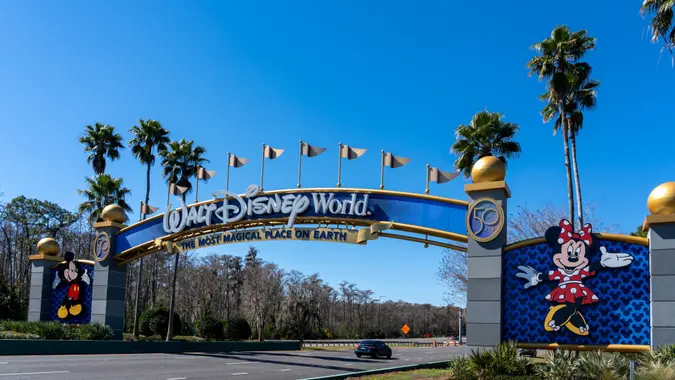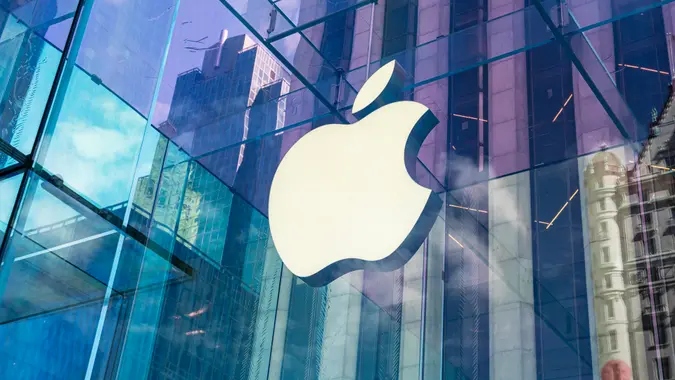Here’s How Much a $1,000 Investment in Walmart Stock 55 Years Ago Would Be Worth Today

Commitment to Our Readers
GOBankingRates' editorial team is committed to bringing you unbiased reviews and information. We use data-driven methodologies to evaluate financial products and services - our reviews and ratings are not influenced by advertisers. You can read more about our editorial guidelines and our products and services review methodology.

20 Years
Helping You Live Richer

Reviewed
by Experts

Trusted by
Millions of Readers
October 1 marked an important date for Walmart — the 55th anniversary of its initial public offering. Nearly a year after the company was incorporated, it offered 300,000 shares to the public at $16.50 per share. By the time markets closed on Sept. 17, 2025, the share price was 532%, or $87.77-per-share, higher than its IPO price.
That doesn’t seem like much at first glance. After all, share prices have ranged from a low of $77.49 to high of $106.11, a $28.62 difference, in the past year alone. But if you’d invested $1,000 on Oct. 1, 1970 — or, say, $990, to purchase an even 60 shares — your stock would be worth a staggering $38,438,092.80 today due to a series of stock splits that would’ve increased your shares from the initial 60 to 368,640.
How Stock Splits Multiply Returns
Each Walmart stock split increased the number of shares by a factor of two (11 splits) or three (one split). The splits didn’t change the dollar value of investors’ total Walmart shares. When the number of shares doubled, the stock price halved, and when the number of shares tripled, the price reduced by two-thirds. But as prices rose after each split, investors’ returns increased, and their cost per share fell.
Here’s an example to demonstrate how it works, using Walmart’s actual historical data.
Say you purchase 60 shares at $16.50 per share. You pay $990 for your shares, and your cost per share is $16.50.
The stock splits 2:1 when share prices reach $47. You then have:
- 120 shares, each worth $23.50 (double the shares, half the price), for a total $2,820 worth of shares
- A cost of per share of $8.25.
The stock splits 2:1 again when share prices are $23. You then have:
- 240 shares, each worth $11.50, for a total of $2,760
- Your cost per share drops to $4.125.
The next split, also 2:1, occurs when shares are $50. You then have:
- 480 shares, each worth $25, for a total $12,000
- Your cost per share drops to $2.0625
Now imagine that continuing through eight more splits over 40 years, to the $104.27 Walmart stock value today, and you can see how that exponential growth has driven a 3,882,535% return on the original $990 investment.
What About Walmart Dividends?
GOBankingRates took a straightforward approach to calculating how much a $1,000 Walmart investment 55 years ago would be worth today, but that approach doesn’t tell the whole story. Walmart investors earn an annual dividend, which they receive in quarterly payments. The dividend is $0.94 in the current fiscal year (2026). Walmart has increased its dividend every year for 52 years.
 Written by
Written by  Edited by
Edited by 
























